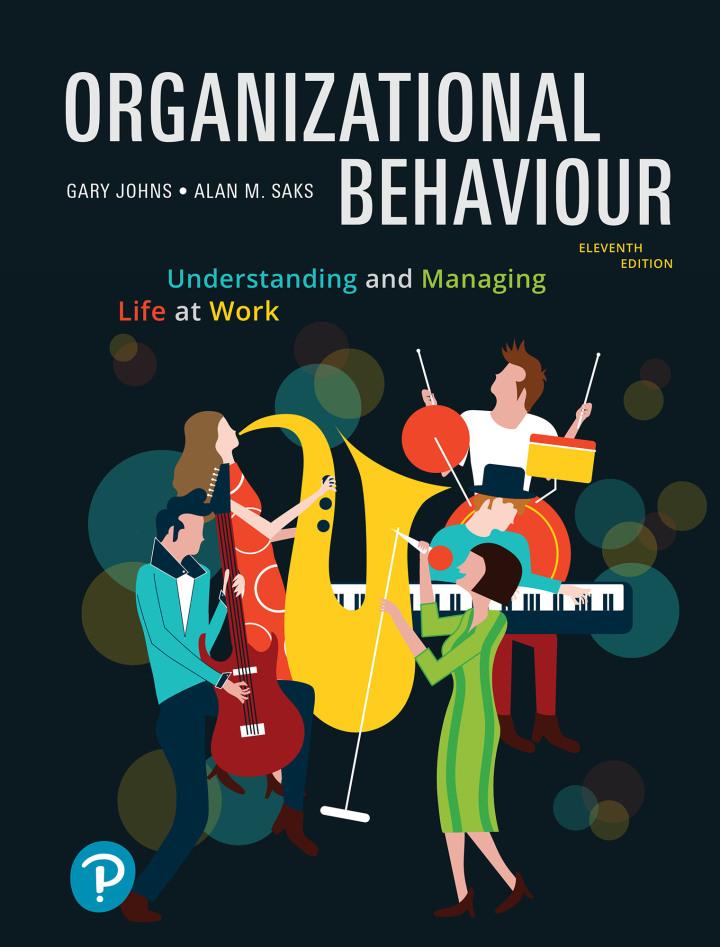The purpose of this exercise is to compare individual and group problem solving and to explore the
Question:
The purpose of this exercise is to compare individual and group problem solving and to explore the group dynamics that occur in a problemsolving session. It can also be used in conjunction with Chapter 11 . The instructor will begin by forming groups of four to seven members.
The situation described in this problem is based on actual cases in which men and women lived or died, depending on the survival decisions they made. Your “life” or “death” will depend on how well your group can share its present knowledge of a relatively unfamiliar problem so that the group can make decisions that will lead to your survival.
The Problem You are a member of a space crew originally scheduled to rendezvous with a mother ship on the lighted surface of the moon. Due to mechanical difficulties, however, your ship was forced to land at a spot some 200 miles from the rendezvous point. During landing, much of the equipment aboard was damaged, and, because survival depends on reaching the mother ship, the most critical items available must be chosen for the 200-
mile trip. The following lists the 15 items left intact and undamaged after the landing. Your task is to rank them in terms of their importance to your crew in reaching the rendezvous point. In the first column (step 1)
place the number 1 by the most important, and so on, through number 15, the least important. You have 15 minutes to complete this phase of the exercise. After the individual rankings are complete, participants should be formed into groups having from four to seven members. Each group should then rank the 15 items as a team. This group ranking should be a general consensus after a discussion of the issues, not just the average of each individual ranking. While it is unlikely that everyone will agree exactly on the group ranking, an effort should be made to reach at least a decision that everyone can live with. It is important to treat differences of opinion as a means of gathering more information and clarifying issues and as an incentive to force the group to seek better alternatives. The group ranking should be listed in the second column (step 2).
The third phase of the exercise consists of the instructor providing the expert’s rankings, which should be entered in the third column (step 3).
Each participant should compute the difference between the individual ranking (step 1) and the expert’s ranking (step 3), and between the group ranking (step 2) and the expert’s ranking (step 3). Then add the two “difference” columns—the smaller the score, the closer the ranking is to the view of the experts.
Discussion The instructor will summarize the results on the board for each group, including
(a) The average individual accuracy score,
(b) The group accuracy score,
(c) The gain or loss between the average individual score and the group score,
(d) The lowest individual score (i.e., the best score) in each group.
The following questions will help guide the discussion:
Did any special roles emerge in your group? These could include a leader, a secretary, an “expert,” a critic, or a humourist. How did these roles contribute to or hinder group performance?
Step by Step Answer:

Organizational Behaviour Understanding And Managing Life At Work
ISBN: 9780135218549
11th Edition
Authors: Gary Johns, Alan M Saks





